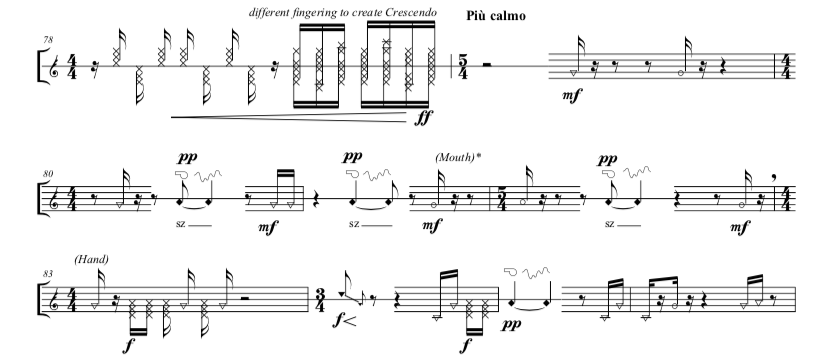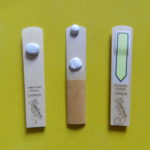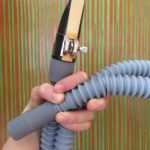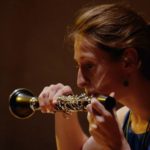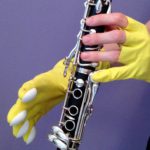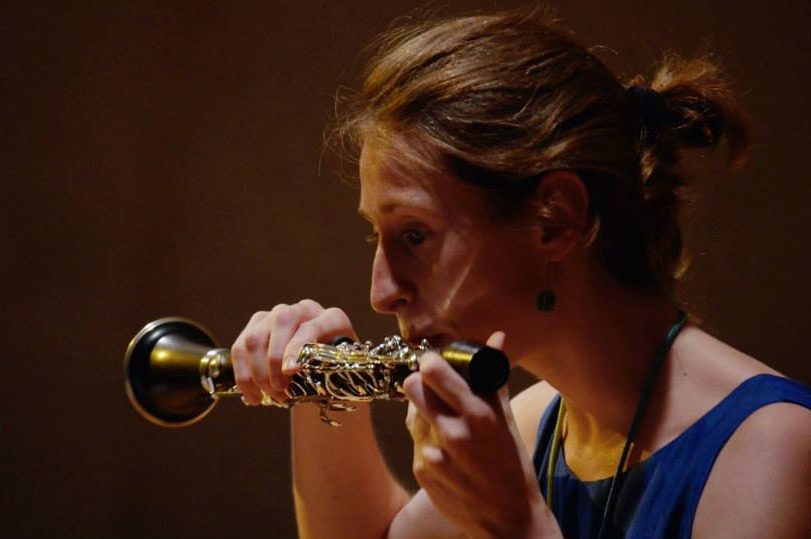
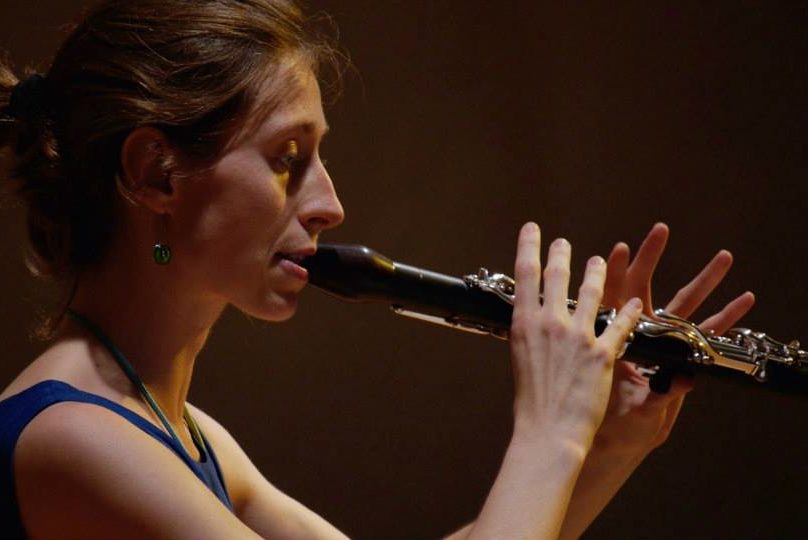
Maria Teresa Treccozzi composed Ayre for the Impuls Festival 2015, where I had the chance to work first with her and to premiere the piece.
Like in Vinko Globokar’s Voix instrumentalisée, Treccozzi decided to remove the clarinet primary sound source, the reed-mouthpiece combination (but working with a clarinet, instead of a bass clarinet). Despite this shared starting point, the two works develop in distinct directions, Globokar’s being built on the intimate, grotesque power of human voice, Treccozzi’s transforming the clarinet into an hybrid air machine/percussive tool.
The blowing action is the only common technique this piece shares with traditional clarinet playing. All open holes are considered for blowing into the instrument, like in a sort of a pan flute. Different kinds of air sounds, Shakuhachi playing, trumpet embouchure and the use of a whistle (appendix and substitute for the clarinet) serve as a core connection to the traditional “wind instrument” technique. At the same time, these techniques are combined with percussive ones: tongue rams, key clicks and palm strokes on the barrel.
Maria Teresa Treccozzi – Ayre (2015)
for solo clarinet without mouthpiece
The blowing point into the instrument changes rapidly and constantly, far from its ordinary position, the loss of a fix contact with the instrument demanding for a new kind of spatial awareness (an inaccurate fast movement could severely harm the performer’s embouchure…).
Again in this piece, the subtraction of a part of the instrument’s body, rather than being an auditory deprivation, opens up to the exploration of so far hidden potentials. Let’s just think that most of the used techniques couldn’t be possible with a complete clarinet (Shakuhachi playing, trumpet embouchure, tongue rams and palm strokes on the barrel).
Here is an useful video by clarinetist Sean Osborn, teaching how to play Shakuhachi technique on clarinet.

